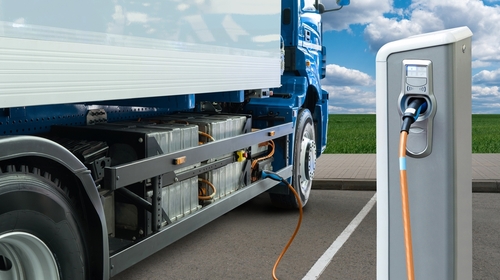
According to new data, parts and labor expenses have stabilized during the first quarter of 2023, the American Trucking Associations’ (ATA) Technology and Maintenance Council, and Decisiv Inc. said Wednesday.
The latest report, Decisiv/TMC North American Service Event Benchmark Report, found that prices for parts and higher wages for labor have shown a marked slowing of cost increases. Additionally, the report said high prices are unlikely to return to earlier levels.
“Fleets are weathering the impact of aging trucks and higher parts prices, and are addressing the need for technicians,” said Decisiv President and CEO Dick Hyatt. “The data that Decisiv collects and analyzes for the TMC Benchmark Report on Vehicle Maintenance Reporting Standard system level codes clearly indicates that service costs are more stable.”
Compared to the fourth quarter of last year, costs rose less than 1 percent, a significant drop when compared to the more than 8 percent increase year over year, officials said. Decisiv said the most recent report has been expanded to incorporate service activity reporting on the parts and labor costs for the top 25 VMRS system codes, which account for more than 97 percent of the total service activity for the first three months of the year.
“The expansion from 10 VMRS systems to 25 will provide greater granularity in this important benchmarking report,” said TMC Executive Director Robert Braswell. “The Council’s fleet membership will benefit from this deeper dive into parts and labor cost analysis going forward.”
The cost of parts dropped by 0.4 percent between the fourth quarter of 2022 and the first quarter of 2023, officials said, and labor costs increased 2.3 percent. The price fluctuations reflect new vehicles that had been backordered finally reaching end users.
“This expansion in VMRS cost reporting enabled by Decisiv SRM, for more than seven million assets and over 300,000 monthly maintenance and repair events, enables fleets to zero in on areas where they can continue to drive down service expenses with effective management practices,” Hyatt said.